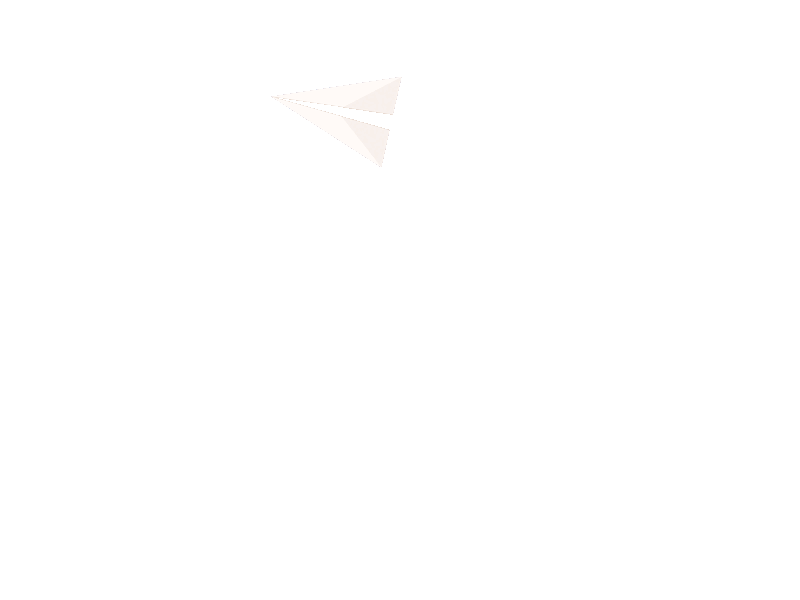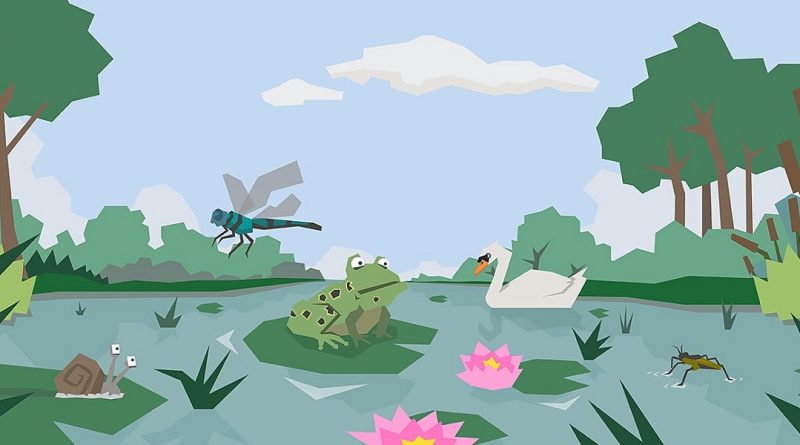Habitat – A specific geographical area where a single or multiple species live and reproduce. A certain species select an area as their habitat depending on many things like the availability of natural resources (consumable resources mainly), favorable climatic conditions suitable for their survival, less exposure towards potential threats etc and many more. So a species select their habitat in an intellectual manner. The wonder is when we see the habitat influence the characteristics and physic of organisms that live around.
Out of the million species in this world, human beings are the most dominant. It is because of their developed intellectual abilities. The modern man is considered similar in their physiology. When we look deep into it, we can see many differences among them in shape, size and complexion. All these visible differences are the reason of their mutation. It is clear and we can see it happening even today!
When we talk about the size of individuals all around the world, we can see differences in the size of people living in different regions. For an example, people living in regions with high population density are considerably smaller (an average of Five and a half foot or less) in size, where the people living in regions with low population density are huge (an average of Six foot or more) in size.
Lets have a closer look
Is that a coincidence? May be its not! There might be a reason for this.
In countries with high population density, the poor supply of natural resources was always a serious issue. The population was high enough to cause scarcity of consumable resources. The population expansion and production of food were inversely proportional. When the consumable resources produced here is divided to the total population, we can see each share is much less. Most of the times these quantities were not enough to meet nutritional needs of the inhabitants. This situation remained same in these countries for a long period of time, may be for thousands of years. So the nature itself played on them reducing their size to survive the situation. It is a fact that a small body needs only small amount of food to survive.
We can see the reverse situation in other regions with low population density. In these regions, food were always in abundance. When the consumable resources produced in these region are divided to the total population, we can see each share is much bigger considered to the previous one. There was no role for Bio Intelligence to make change in the situation as there was no scarcity in consumables at all. So they remained bigger in size.
Today, we can see many exceptions. Different regions are occupied by different countries and the status of many poor countries has been changed. So, the situations are changing and we can expect some drastic changes in appearance of these inhabitants in remote future. However, the above finding are exact in today’s point of view.
(*Important: when we consider the area for calculating population density, we consider only the land where people live, excluding forests, savannas, and all other area where no population is found.)
The Proof
Consider ourselves in the Carboniferous period, where the giant insects crawled around the world. The land is very beautiful, rich with giant plants and trees and more oxygen in the air. The size of the living beings are enormous, compared to that of today. Plants and trees are of double size, where the insects are about five or six times bigger.
For a comparison, we have predatory Griffinflies – an ancestor of today’s Dragonflies which had a wingspan of 60 to 75 centimeters, where our Dragonflies wingspan is 15 to 20 centimeters (maximum).
The scientists says this is because of the difference in oxygen levels, where the ancient time atmosphere contain more oxygen than that of today. More oxygen in air supported the evolution of giants. But the fact is that, the earth’s atmospheric oxygen level increases and decreases periodically. It will take millions of years to happen. They say the size drop was due to the decrease in oxygen level that occurred just before Cretaceous period. If it is right, why did the size of organisms remained same even after the oxygen levels rise after the Jurassic period?
We know the ancient trees were of double size of that of today’s. We also know the trees doesn’t require oxygen for photosynthesis. So the increased oxygen level had nothing to do with these plants! Then how did they grew this big? Then what on earth caused their size drop?
The answer: Food!
The scarcity of nutrients and its less availability forced the bio intelligence to act, causing a size drop in every organism that lived on earth those times. This change was meant for their own survival. It happened because of the sudden increase in population of all species, including plants and animals. And this situation created a high demand in consumables which caused a gradual size drop of all organisms. It may have taken millions of years but it was the only reason for that change. We can see the change then and even now, also we will see the same in future too. If we are alive!


